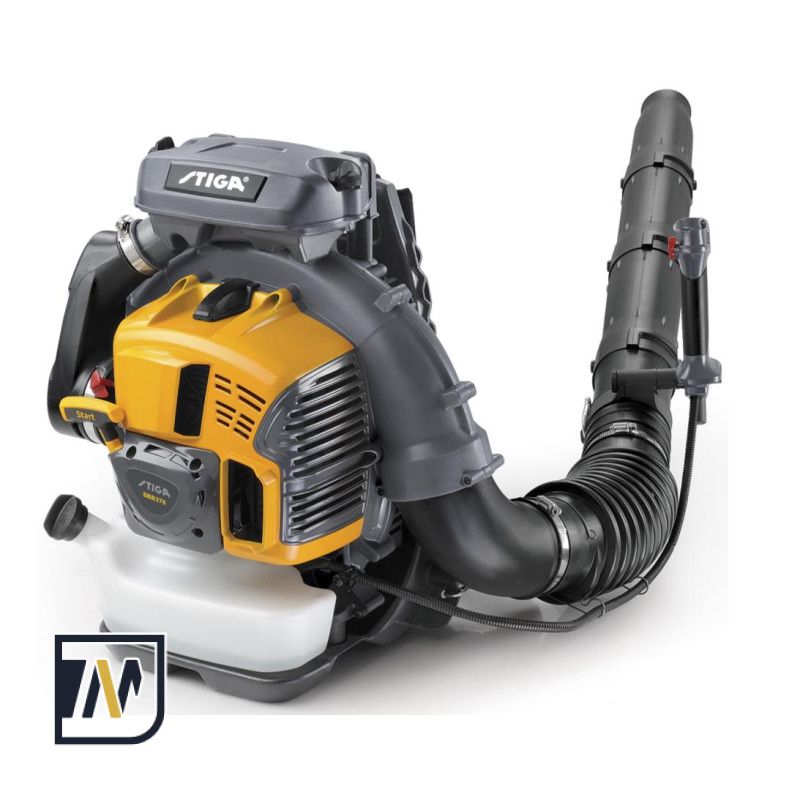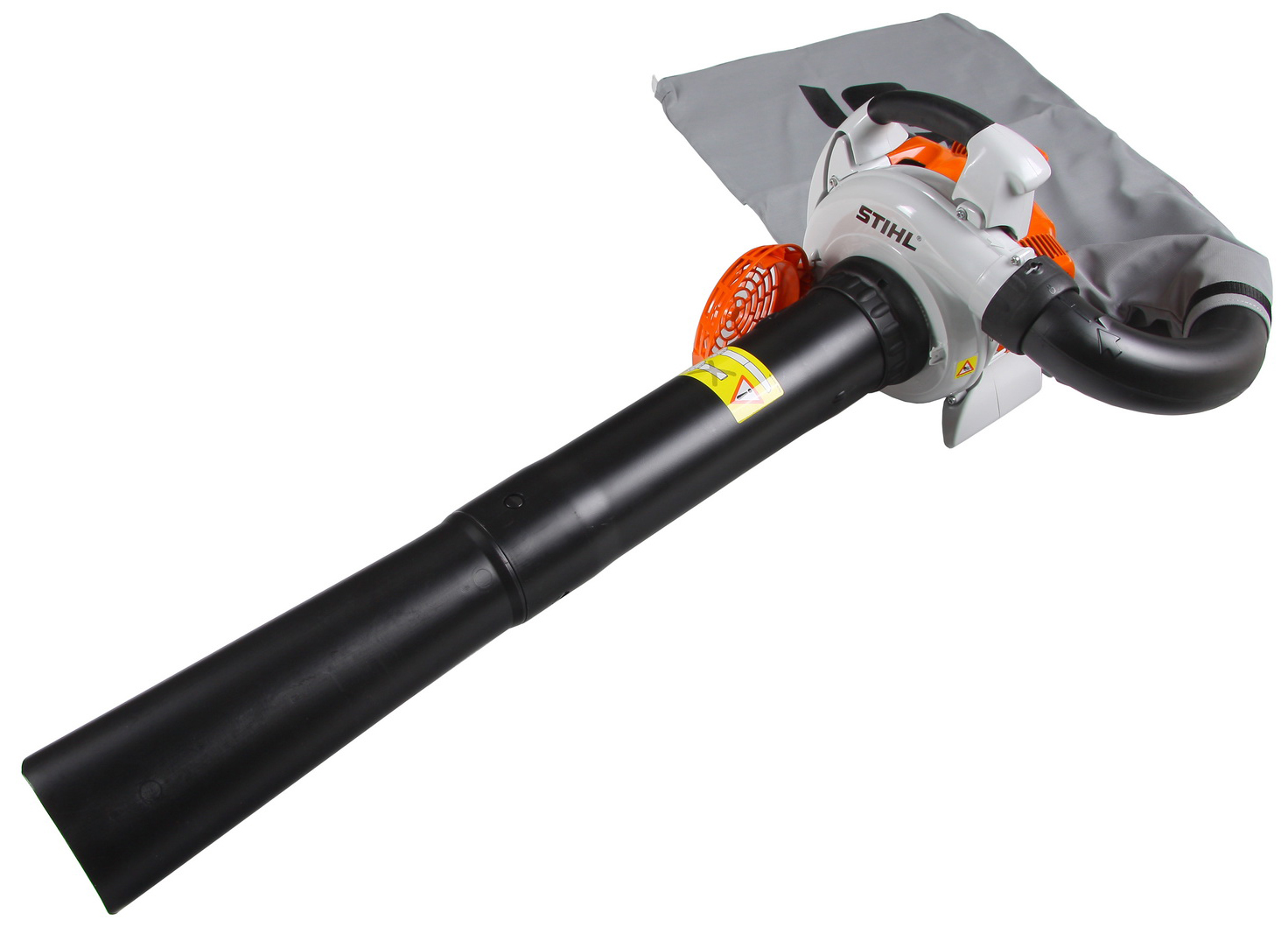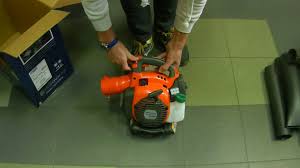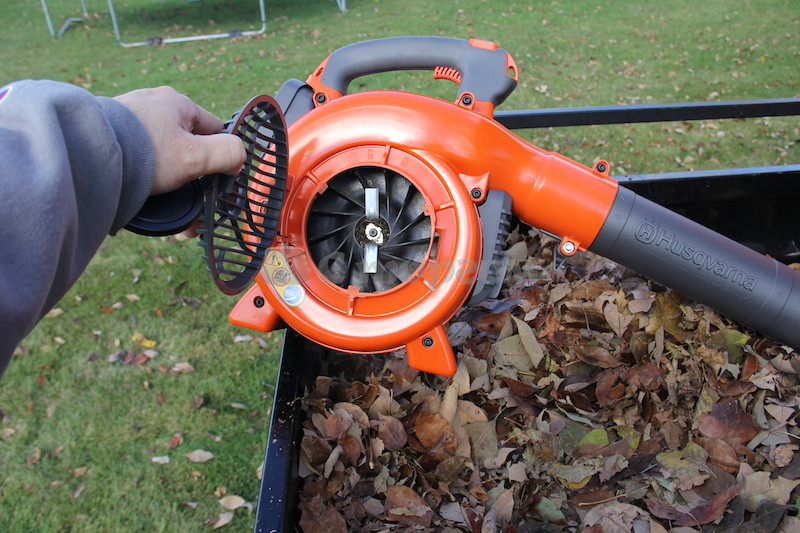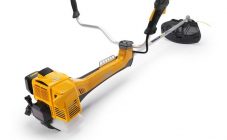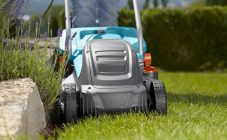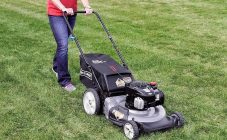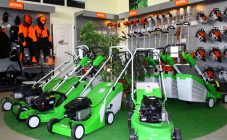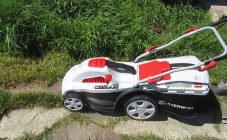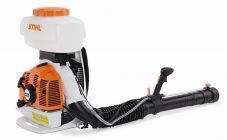Content:
The petrol blower is a universal device. Differs from hand-held devices in higher performance and power. Suitable for collecting garbage (last year's foliage, fallen branches) from large areas. If you need to collect grass to get compost, mulch in the country or just clear the area of debris, then amateur gardeners should take a closer look at manual garden models, thereby facilitating their work during work on land plots.
Scope of use of gasoline blowers
The blower is a small compact vacuum cleaner like a fan heater with removable nozzles and a compressor. It runs on gasoline. Gasoline blowers are used for:
- cleaning production, garden areas (sidewalks, parks, squares, summer cottages) from debris, last year's foliage, dirt, snow, fallen leaves in hard-to-reach places;
- collection of shavings and dust at construction, production sites;
- drying machines, specialized equipment;
- purging computer equipment.
Advantages and disadvantages of gasoline blowers
Gasoline vacuum cleaners are good because they do not need to be connected to a power source, because the work is carried out directly from gasoline. Also among the advantages of blowers are:
- impressive service life, high productivity;
- quickly clear rather large areas of dust, litter, fallen leaves, large tree branches.
Minuses:
- inability to work without petrol fuel;
- emission of exhaust gases into the atmosphere in large quantities;
- mandatory compliance with safety measures, the use of protective equipment when working with devices;
- large weight and dimensions;
- the presence of vibration, noise when the working condition is on;
- the inability to collect cones, stones, wet foliage from sidewalks and roads.
Operating modes of gasoline blowers
Working with a cordless petrol vacuum cleaner is easy. It is enough to fill with fuel, directing the nozzle with a powerful air flow to the area to be cleaned. Distinctive features of gasoline models from garden models are the presence in the design:
- fuel tank;
- electronic ignition systems;
- increased drive power;
- pump, due to which the pumping function is triggered, sweeping away garden debris and branches with an air flow in a given direction.
Garbage, as it accumulates in the blower, begins to settle, concentrating in a certain zone, then through the filtration system it is thrown back into the atmosphere, but already in a purified form.
The blower operates in 3 modes:
- Blowing. By forcing a powerful stream of air, it scatters foliage and debris on the treated area in different directions.
- Suction by sucking the plant material into a special bag.
- Shredding (optional on some models). For processing plant waste, thereby reducing the collected material in volume and subsequently suitable for covering plants for wintering, mulching the soil (beds).
If necessary, switching the device is enough:
- turn off from operating mode;
- remove the nozzle;
- change the garbage bag;
- switch to a new mode.
Technical characteristics of gasoline blowers
Technical characteristics of gasoline models for collecting garbage, plant residues and dry foliage, which should be guided by when choosing and buying:
- Air flow volume - an indicator characterizing the amount of collected material in the suction mode
- The air flow rate is the indicator when the device is switched to blowing mode to collect dry foliage. The average value should be 80 m / s. To simplify the process, you can set the operating mode manually, adjusting the air flow rate yourself if necessary
- Vibration level. Gasoline-powered blowers have strong vibration. May cause hand numbness with prolonged use.
- Waste bag volume. The average value is 40-80 liters.
- Coefficient indicating the degree of grinding and reduction of incoming litter in volume after processing in the device. The average is 10 × 1.
The main elements of the blower design:
- contact motor with a power of 0.5-4.5 kW;
- garbage collection;
- shredding system with placement between the engine and the garbage container;
- flexible corrugated hose with socket;
- fuel tank;
- headphones due to the increased noise level of gasoline models.
The main types of gasoline blowers
Depending on the purpose, blowers are distinguished: hand-held, knapsack, wheeled.
Manual
Hand-held compact devices with a handle. Suitable for collecting waste from small areas (1.5-2 hectares). For ease of use, there is an adjustable strap so that you can carry the device manually to another treatment area.
Knapsack
Models for collecting vegetation, dry branches, debris from larger areas up to 5 hectares and work with a gasoline engine. A knapsack blower of the type of a backpack (knapsack) does not require a large amount of fuel. Free movement of the device over the treated area is provided by knapsacks or belts. Power and performance are average. Models weight - 9-10 kg.
Wheeled
The most powerful blowers equipped with:
- wheels (4 pcs.);
- handle for ease of movement and holding in hands;
- nozzles with the ability to process soil strips up to 70-80 cm in 1 pass.
Professional wheeled models are suitable for cleaning vast flat areas (parks, squares, fields), have a large capacity and a large waste container.
Security measures
Petrol blowers run exclusively on fuel, therefore it is important to observe safety measures when processing areas:
- take off jewelry;
- remove hair under a kerchief, headdress;
- wear long trousers, gloves, boots, that is, cover open areas of the body before using the device;
- perform work only if the device is in good technical condition;
- do not direct the air flow towards animals and children in the vicinity;
- do not use devices in closed rooms;
- avoid touching moving and heating elements;
- take breaks during long-term operation of the device if the work is performed for more than 5 hours in a row;
- repair faults in a timely manner by contacting the service center;
- transport and store the garden blower only with the motor turned off;
- prevent gasoline leakage;
- pour only motor or branded fuel into the engine;
- drain gasoline before storing the device in a special container;
- do not smoke in the vicinity of the blower and fuel when switched on.
Rating of the best devices
The best blowers according to experts and user reviews with high performance and power:
- HUSQVARNA 125BVX is the demanded Husqvarna blower with a 2-stroke engine for vegetation processing, assembly from land areas. The Husqvarna blower is equipped with a Smart Start system and special blades that process leaves and cut grass. Blower weight - 4.3 kg, engine power - 0.8 kW, tank capacity - 5 liters, air volume - 798 m3 / h.
- The Makita blower is a garden model with 3 modes for recycling, suction and blowing. The package includes a garbage container, an air pipe, a flat nozzle, catalysts to reduce the concentrate of exhaust gases to the environment. The Makita petrol blower has the following technical parameters: weight - 5.4 kg, volume of a 2-stroke engine 27.2 cm3, power - 0.8 kW.
- ECHO ES-250ES is a multifunctional Echo blower with a 2-stroke engine, power - 0.72 kW. Works in 2 modes: grinding, suction. The capacity of the gasoline tank is 0.5 liters. Weight - 3.7 kg, air speed - 67.5 m / s. The package includes a grass catcher for collecting dry grass, a suction pipe with chopping mode, a comfortable handle for ease of use and transportation.
- RYOBI RBV26BP - a device with a waste bin. It works exclusively in blowing mode, but it is suitable for use for collecting garbage from large areas and even outside the city. Equipped with a knapsack harness for longer, more comfortable use and a translucent tank to control fuel consumption. Technical characteristics: power - 0.65 kW, engine type - two-stroke, tank capacity - 0.25 l, engine volume - 26 cm3, air volume - 720 m3 / h, air speed - 80.56 m / s. Weight - 4.5 kg.
- Champion is a backpack blower suitable for use in urban waste collection areas. The functionality runs on fuel in the "blowing" mode. Weight - 2.9 kg, volume of a 2-stroke engine - 66 cm3, air supply speed - 135 m / s, tank volume - 2 liters. The champion blower is equipped with an economical engine to reduce fuel consumption and exhaust emissions. If necessary, attach the strap for easy transfer to another location or convert to a sprayer.
- Stihl is a multifunctional garden device for collecting garbage, leaves, snow from paths, drying painted elements. Manufacturers offer hand and knapsack calms. The former are suitable for processing small areas, the latter are suitable for collecting waste from large areas. Average technical parameters - air volume - 1200 m3 / h, weight - 12 kg, power - 2.9 kW, gasoline tank capacity - 1.7 liters. Some models are equipped with an anti-vibration system and rubber buffers to reduce the effects of vibration from the engine and stress on the spinal muscles.
Rules for the selection, operation and maintenance of gasoline blowers
When choosing a blower, first of all, you need to pay attention to the size of the land plot that needs to be processed. Models with an average capacity are designed for garbage collection in 1 session from 1.5 to 2 hectares. A portable household model will serve as a real assistant for amateur gardeners. If it is necessary to process an area of 40-50 hectares from garbage, then you cannot do without a more powerful gasoline unit.
The main aspects to consider when using devices:
- the volume of the processed area;
- the level of complexity of the proposed work, from which it is necessary to determine the necessary functionality in the unit;
- the degree of mobility of the unit;
- realized engine power;
- performance;
- functional;
- the weight.
Innovative technologies do not stand still.Blowers are constantly being improved by manufacturers and are quite ready to replace garden tools, to carry out work without much effort with the processing of large areas in a short period of time.
When choosing a tool, you should pay attention to the operating parameters, study the advantages and disadvantages of the design, and also read consumer reviews.
